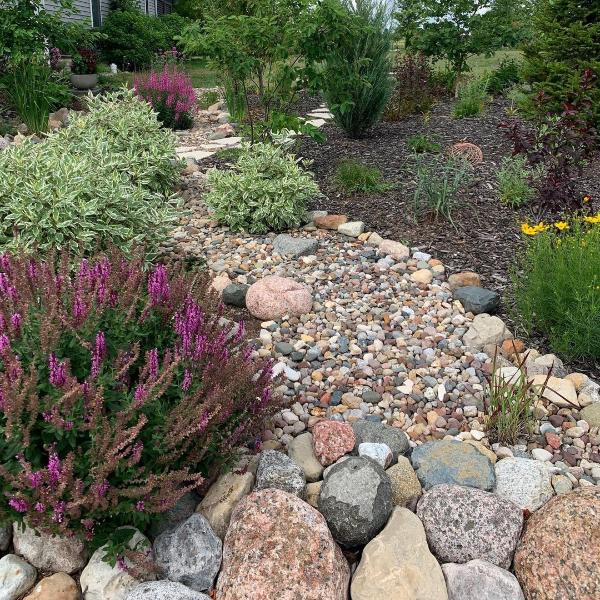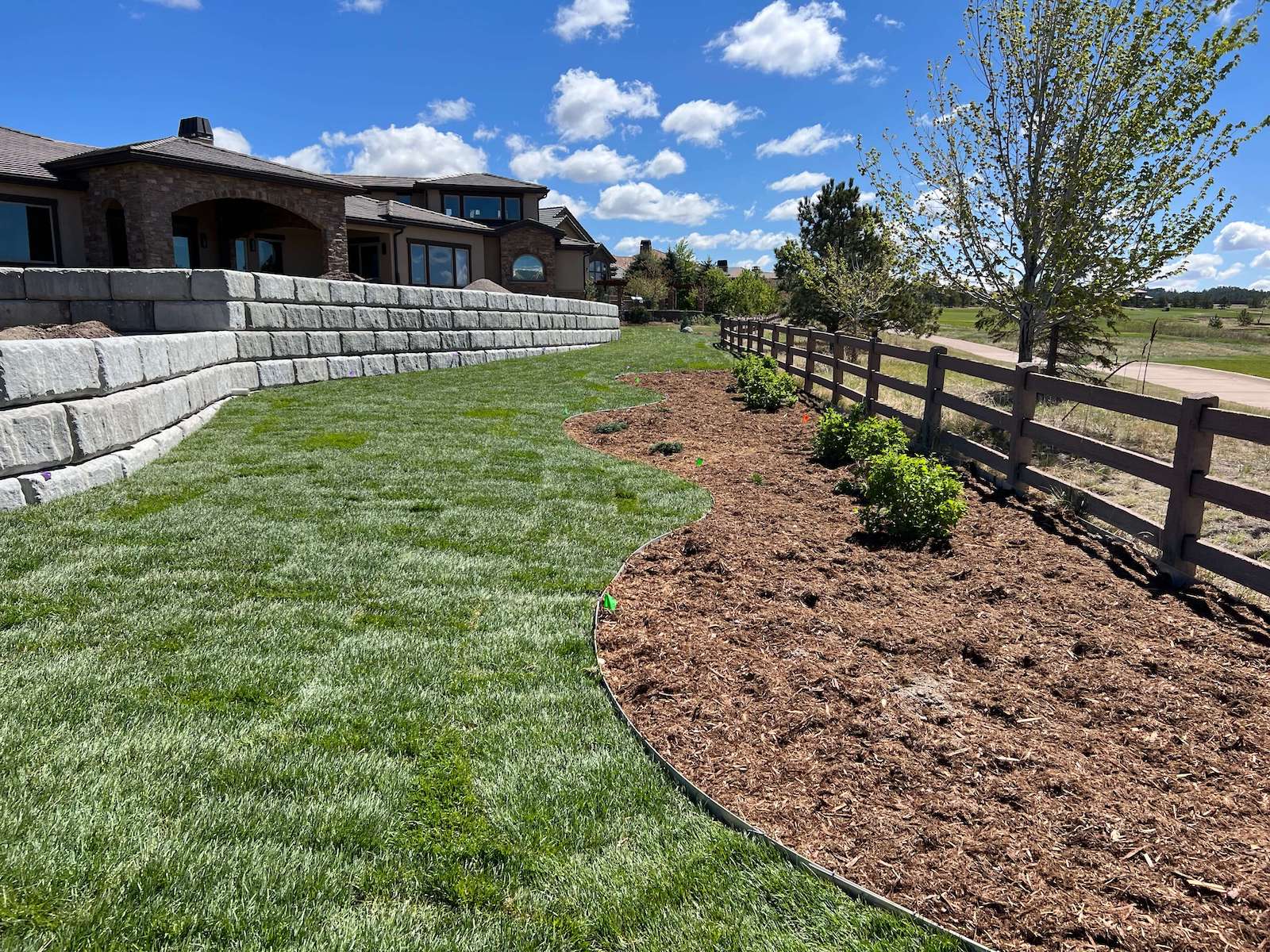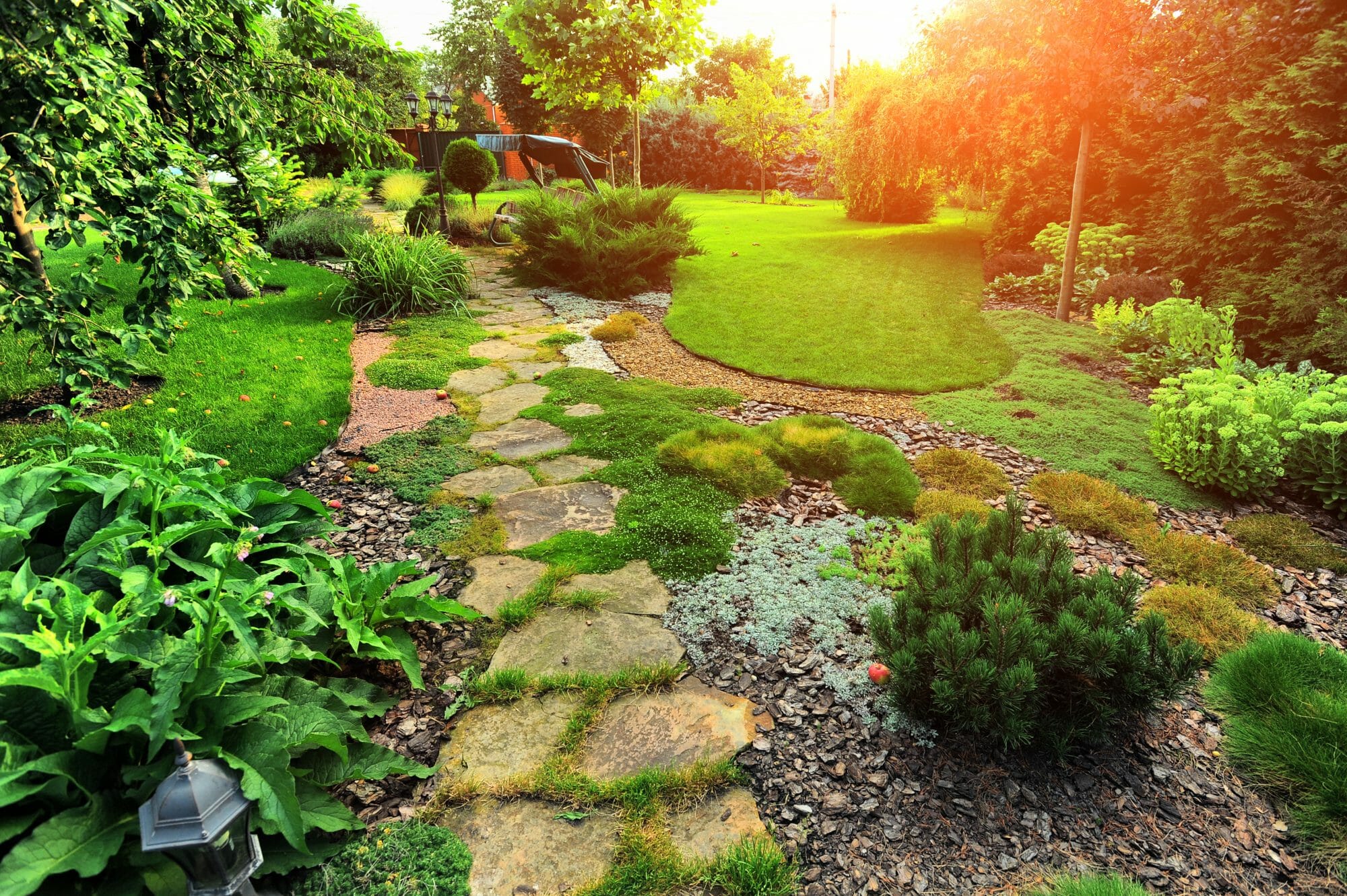The Ultimate Guide To Hilton Head Landscapes
Table of ContentsThe Definitive Guide for Hilton Head LandscapesHilton Head Landscapes for BeginnersThe 9-Second Trick For Hilton Head LandscapesIndicators on Hilton Head Landscapes You Should KnowNot known Factual Statements About Hilton Head Landscapes Fascination About Hilton Head LandscapesIndicators on Hilton Head Landscapes You Should KnowSome Known Questions About Hilton Head Landscapes.
Type compatibility is likewise a significant part of unity in designone or more strikingly different forms benefit contrast and focus, yet generally all other forms must have some similarities for a combined appearance. Structure refers to just how coarse or fine the surface area of the plant or hardscape material feels and/or looks.
Examples of plants with rugged texture consist of philodendrons, agaves, bromeliads, hollies, palms, and hydrangeas. Features that produce fine appearance include tiny foliage; slim, strappy leaves (lawns) or tall, thin stems; little, dense branches and small branches; long stems (creeping plants); and small, fragile blossoms.
Some Ideas on Hilton Head Landscapes You Should Know
A lot of plants are average appearance, in that they can not be described as having either rugged or great appearance. They are identified by medium-sized leaves with easy shapes and smooth edges. The average-sized branches are not largely spaced neither widely spaced, and the total form is generally rounded or mounding. Medium-textured plants act as a history to link and combine the coarse- and fine-textured plants.

To make a space feel smaller, place the crude structures along the external border and the fine appearances closest to the viewer. The detail of the coarse appearance makes the plants appear closer and makes the space really feel smaller. The regarded appearance of plants can also change with the distance from the plant.
What Does Hilton Head Landscapes Do?
Bold shades increase the contrast and make the appearance show up coarser, while soft colors can squash structure. Hardscape with a coarse texturesuch as very rough rocks and strong, large timberstends to make all plant product appear much more medium distinctive. Developers typically establish an appearance study (Figure 8) on paper to assist make a decision the setup of plant materials.
Number 8. Texture study. Color in plant material and hardscape includes interest and variety to the landscape. Color is the most conspicuous element in the landscape and is normally the focus of many house owners; nonetheless, it is additionally one of the most short-lived element, typically lasting just a couple of weeks a year for specific plants.
What Does Hilton Head Landscapes Mean?
A straightforward summary of the color wheel consists of the 3 primaries of red, blue, and yellow; the 3 additional colors (a mix of 2 primaries) of environment-friendly, orange, and violet; and six tertiary colors (a mix of one surrounding key and second shade), such as red-orange. Color theory clarifies the partnership of colors to every other and just how they need to be made use of in a make-up.

Analogous (often called unified) color schemes are any type of three to 5 shades that are surrounding on the shade wheel, such as red, red-orange, orange, yellow-orange, and yellow, or blue, blue-violet, and violet (hilton head landscapers). The colors relate to each other since they usually consist of 2 primaries blended to create a second and 2 tertiary colors, which indicates they share usual properties
Complementary colors are typically discovered naturally in flowers; an usual pair is yellow and violet. Color is found in the flowers, foliage, bark, and fruit of plants.
An Unbiased View of Hilton Head Landscapes
Environment-friendly vegetation in all its numerous shades is the leading color by amount, but other shades catch focus quicker as a result of their high contrast to the shade green. Color is likewise discovered in structures, rocks, pavers, wood, and furnishings. Most shades in all-natural materials, such as rock and timber, are normally muted and have a tendency to be variations of brown, tan, and light yellow.
Shade is an essential aspect for developing passion and variety in the landscape. Colors have buildings that can affect feelings, spatial understanding, light quality, balance, and emphasis. One home of shade is defined about temperaturecolors seem trendy or cozy and can influence emotions or feelings. Great shades often tend to be relaxing and should be used in areas for relaxation and calmness.
The Only Guide to Hilton Head Landscapes
The "temperature level" of colors can also impact the assumption of range. Amazing shades tend to decline and are perceived as being further away, making an area really feel larger. Warm shades tend to advance and are regarded as being closer, making a room feel smaller sized. Color can additionally be used to capture interest and direct sights.
For instance, bright yellow, which has the greatest strength, also has a high comparison with all various other colors (commonly called a "pop" of color) and need to be used sparingly. A percentage of extreme shade has as much aesthetic weight as a big quantity of a much more suppressed or weak shade.
Analogous (often called unified) shade systems are any type of three to five shades that are surrounding on the shade wheel, such go to this web-site as red, red-orange, orange, yellow-orange, and yellow, or blue, blue-violet, and violet. The shades belong to each various other due to the fact that they typically consist of 2 primary colors mixed to develop an additional and two tertiary colors, which indicates they share common residential or commercial properties.
What Does Hilton Head Landscapes Mean?
They have a tendency to have high contrast between them. One of the most common collections are violet and yellow, red and eco-friendly, and blue and orange. Corresponding shades are typically discovered normally in flowers; an usual set is yellow and violet. Color is discovered in the blossoms, vegetation, bark, and fruit of plants.
Eco-friendly vegetation in all its various shades is the dominant shade by quantity, yet other shades record focus much more readily due to their high contrast to the color green - bluffton landscaping - https://www.artstation.com/stevengonzales53/profile. Color is additionally found in structures, rocks, pavers, wood, and furniture. A lot of shades in all-natural products, such as stone and wood, are usually low-key and have a tendency to be variations of brownish, tan, and light yellow
Not known Facts About Hilton Head Landscapes
Shades have residential properties that can impact emotions, spatial assumption, light top quality, balance, and emphasis. Great colors often tend to be relaxing and should be utilized in locations for relaxation and serenity.
Great colors tend to decline and are perceived as being further away, making a room really feel bigger. Shade can additionally be made use of to capture focus and straight sights - https://www.domestika.org/en/stevenagonzales.
For instance, brilliant yellow, which has the highest intensity, additionally has a high contrast with all various other colors (frequently described as a "pop" of color) and ought to be conserved. A little amount of intense shade has as much visual weight as a huge amount of a much more subdued or weaker shade.